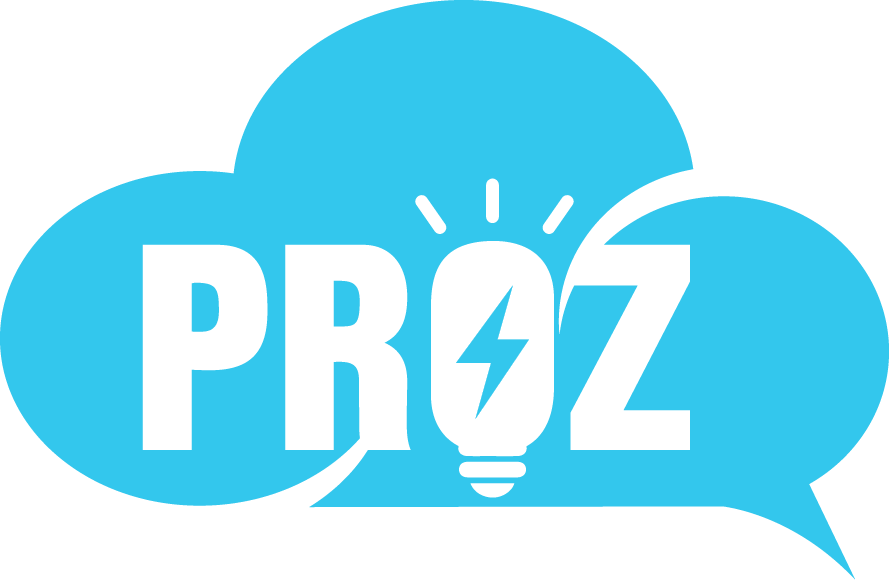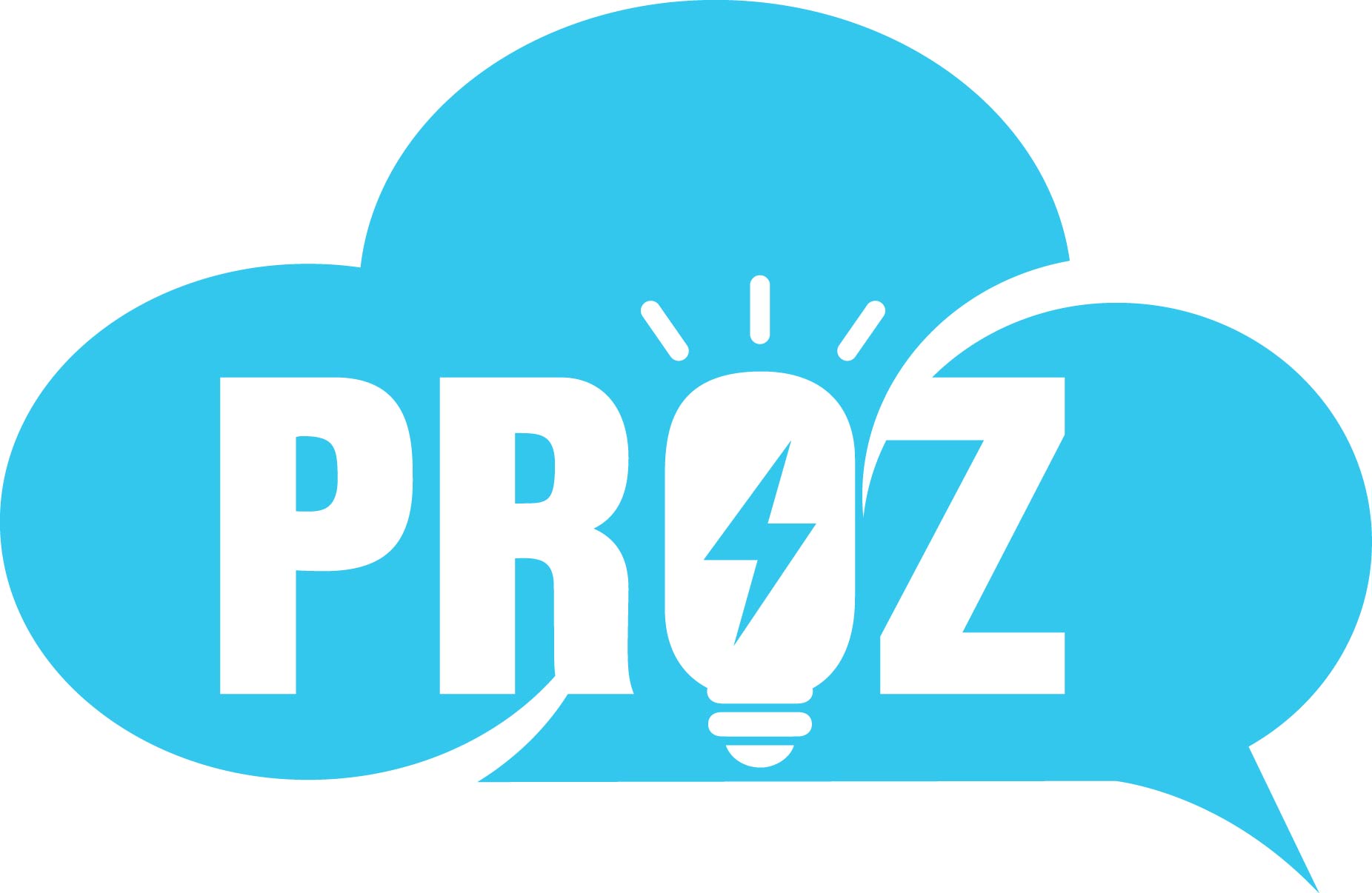Despite years of diversity initiatives and corporate promises, many women in insurance continue to face deeply entrenched challenges that can limit their advancement and impact.
The insurance sector is now at an important juncture — continuing to work toward embracing the contributions of women will help create a more dynamic, efficient, and successful industry. But there are significant hurdles to overcome and important work to do before the insurance industry can realize the power of a diverse workforce.
To dig into this important topic, we hosted a fireside chat with financial services and insurance executives from Salesforce and PwC. The panel discussed the critical role of women in leadership, focusing on the intersections of insurance, technology, and financial services. Here we discuss the key takeaways from the discussion, and a look toward the future to empower the next generation of industry pioneers.
In this blog:
Small steps upward
The underlying technology gap for women in insurance
Double standards around innovation and risk
Retention challenges across the board for women in insurance
Less talking, more change
Join us in driving change for women in insurance
Small steps upward
In the past decade, we’ve seen modest progress in gender equality in the C-suite. The McKinsey report “Women in the Workforce 2024: The 10th Anniversary Report,” which considers women across various industries, finds that women now occupy 29% of these roles, up from 17% in 2015.
However, the pipeline hasn’t kept pace. Women are still underrepresented in entry level and early manager roles. They’re far less likely to get promoted to managerial positions compared to men. This has been the case for the past seven years. Women of color face even more challenges. They only make up 7% of C-suite positions, which is a small increase from 2017.
Unfortunately, the scarcity of high-level positions can lead to an environment in which many women feel pressured to compete against one another, rather than collaborate and lift one another up. This can perpetuate the cycle of limited advancement, as women vie for high-visibility projects and are excluded from informal power networks.
Explore Insurance Resources
The underlying technology gap for women in insurance
Women in technical careers are leaving their roles before the age of 30 at alarmingly high rates. One panelist observed that, in her experience, female professionals she worked with held about one-third as many technical certifications as their male colleagues. People with credentials tend to have greater confidence in their technical skillsets, which helps them stay and progress in their careers.
The insurance industry needs to close the skills gap because men are gaining skills faster than women. This gap is caused by deeper systemic issues, including limited training access, a lack of support for skill and leadership development, and workplace cultures that can discourage women’s technical growth.
As one industry leader noted, “In some cases, women are starting tech careers but leaving shortly after due to unconscious bias, culture, and lagging opportunities to develop their skills.”
The industry’s digital transformation could be an opportunity to level the playing field. However, it’s often exacerbating existing disparities.
In the Women in the Workplace 2024 study, women shared that they had difficulty accessing training for new technologies, like artificial intelligence (AI). They were also passed over for digital initiative leadership roles, and their technical knowledge was questioned more often than their male colleagues.
Discover Agentforce
Agentforce provides always-on support to employees or customers. Learn how Agentforce can help your company today.

Double standards around innovation and risk
Women face a unique set of challenges in the workplace, including what one executive termed the “accusation audit.” This refers to the heightened scrutiny and accountability women face when taking on innovation risk.
While male colleagues are often praised for bold moves, survey respondents reported being held to different standards when pushing for change. This double standard can create a particularly difficult dynamic: advance too cautiously and be labeled as lacking leadership qualities or take bold risks and face increased judgment for any missteps.
As one panelist noted, “Relationships are fine, but many companies want to focus on the product.”
Limiting yourself to relationship roles can reduce opportunities for technical leadership and product innovation, which often provide a faster route to senior leadership roles.
Retention challenges across the board for women in insurance
Women are still struggling to balance work and family. But our panel thinks the biggest challenges are within the workplace. They feel that many women are leaving the insurance industry because they don’t see a future in a traditionally male-dominated field. Advancement paths are still rigid, and they’re often based on outdated career models that don’t reflect today’s workplace realities.
For example, managers play a central role in women’s career advancement and daily work experiences. But, according to the McKinsey report, less than half of women report they’re getting the assistance they need from managers to advance or handle work challenges.
What’s more, women in the workplace continue to face daily microaggressions, which can be exhausting. The Women in the Workplace report found that women encounter microaggressions at a higher rate than men, and the frequency of these incidents hasn’t decreased in recent years.
These subtle but persistent challenges can range from interrupting or talking over someone in meetings to questioning their experience. Women might also have to deal with unspoken biases about leadership capabilities and “othering,” which can erode a sense of belonging. This makes it more difficult for women — especially LGBTQ+ women and women with disabilities — to speak up, take risks, raise concerns, and be their authentic selves at work. While male allies can help address these issues, the burden of navigating them falls disproportionately on women.
We know how to solve these problems, but the industry needs to focus on making progress and take action through:
- Structured mentorship programs
- Technical training support to help women rise faster
- Opportunities to network and connect
- Leadership development and clear avenues for advancement
It’s time to shift our focus from superficial fixes to meaningful structural changes.
Become a FinServ Innovator today
Join our free FinServ Innovator community to take the next step in your career and expand your network. Learn from industry experts and share your expertise, empowering you to become a thought leader



Less talking, more change
Women in insurance face challenges, and some companies are addressing these challenges. The PwC Women in Insurance series aims to address some of these issues through formal training, mentoring, and networking.
Many of these programs haven’t reached enough women yet, or don’t address the underlying structural problems. We need more than small changes to make progress. Here are some ideas for organizations who want to make a bigger impact:
- Address potential systemic biases in performance evaluation and promotion
- Provide substantial support for technical certification and training
- Create genuine accountability for diversity at leadership levels
- Restructure advancement paths to reflect modern career realities and the needs of the incoming workforce
- Build cultures that actively support women’s innovation and risk-taking
The insurance industry is evolving. Modern technology is replacing outdated systems and structures. Insurance carriers are investing in AI to personalize their services at scale. Brokerages and agencies are using new technology to empower producers of the future.
However, today’s digital revolution can be a double-edged sword. While it can help women in insurance, it can also perpetuate existing disparities. The question isn’t whether women can lead in insurance, but whether the industry can address the obstacles that typically hinder progression.
As one panelist summarized, “When women support one another, we all rise higher. Progress may be slow, but the steps we take today lay the foundation for a more inclusive, innovative, and dynamic insurance industry tomorrow. Every challenge we overcome and every barrier we break sets the stage for the next generation of leaders. Together, we can create a future where every woman in insurance feels empowered to lead, innovate, and thrive. The time to act is now—let’s drive change, together.”
Join us in driving change for women in insurance
We’re excited to announce the launch of the Women in Insurance hub. It’s a dedicated space for empowering voices and driving progress in the industry.
Join us on this transformative journey. Explore the Salesforce Women in Insurance Trailblazers Hub and be a part of shaping the future of Women in Insurance.











